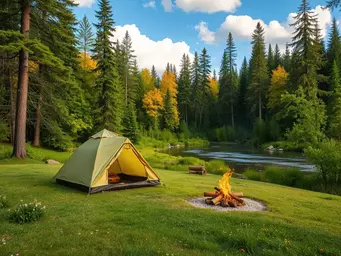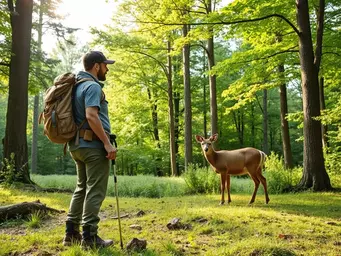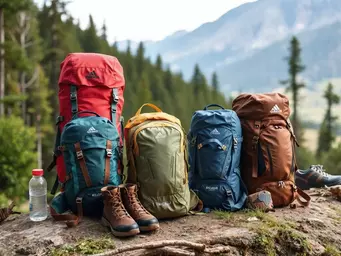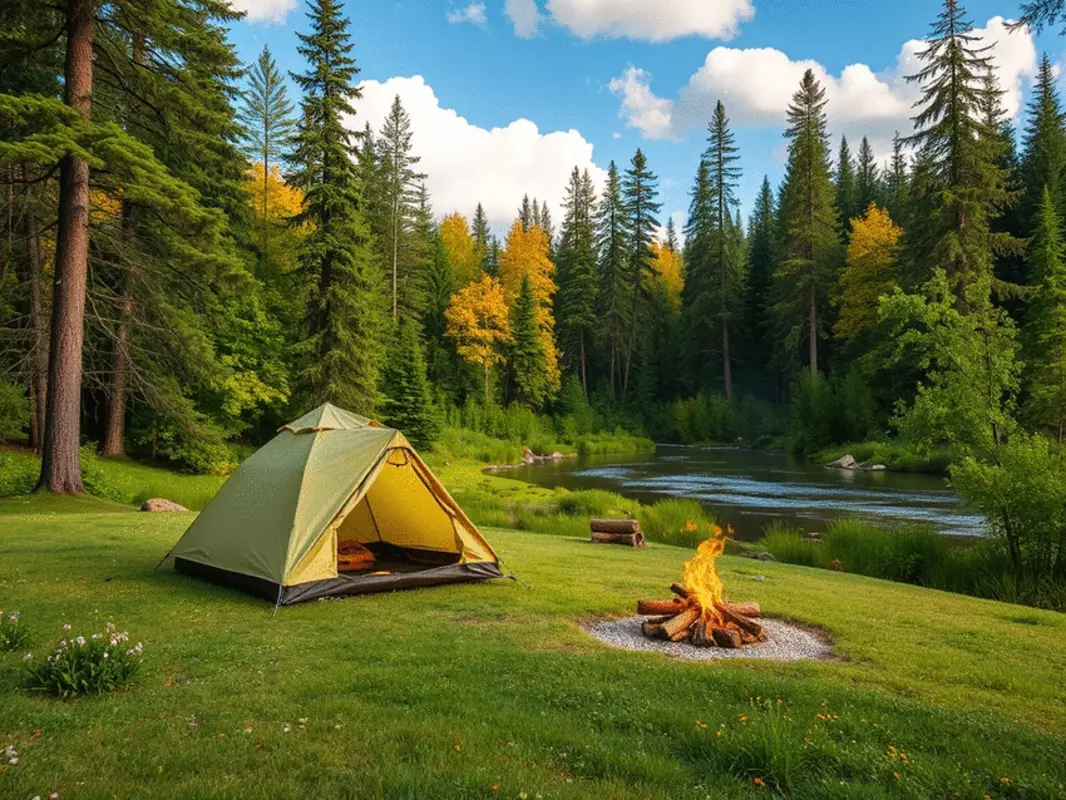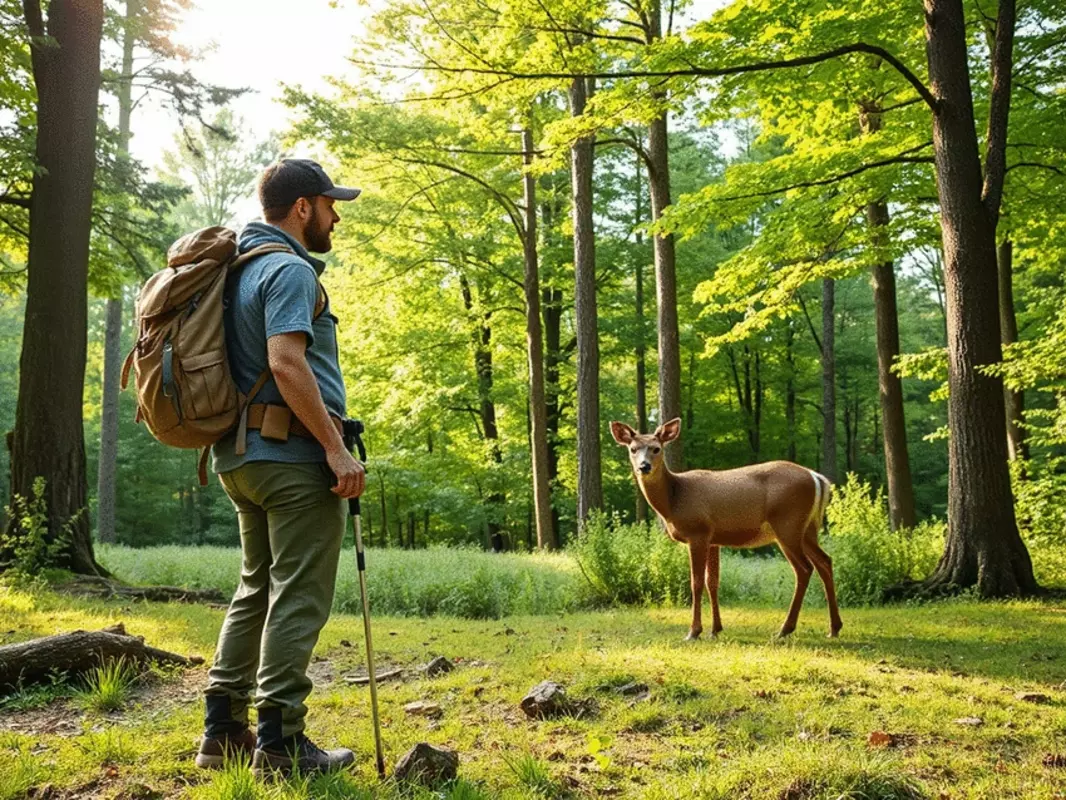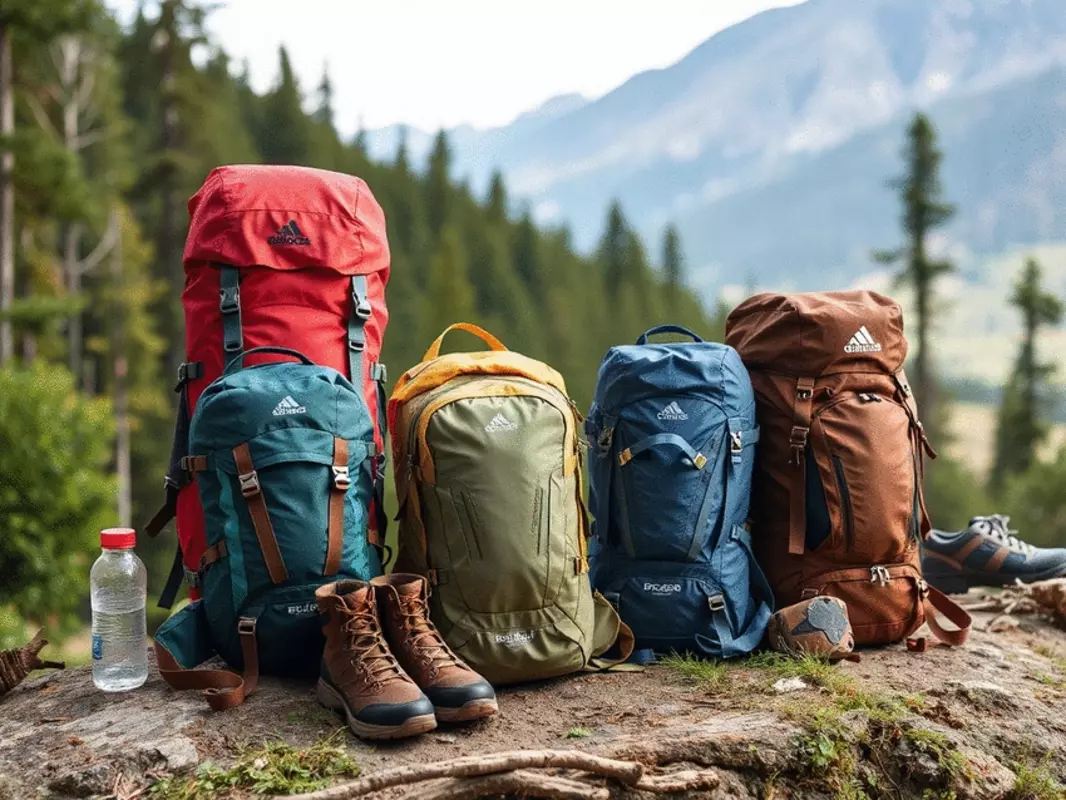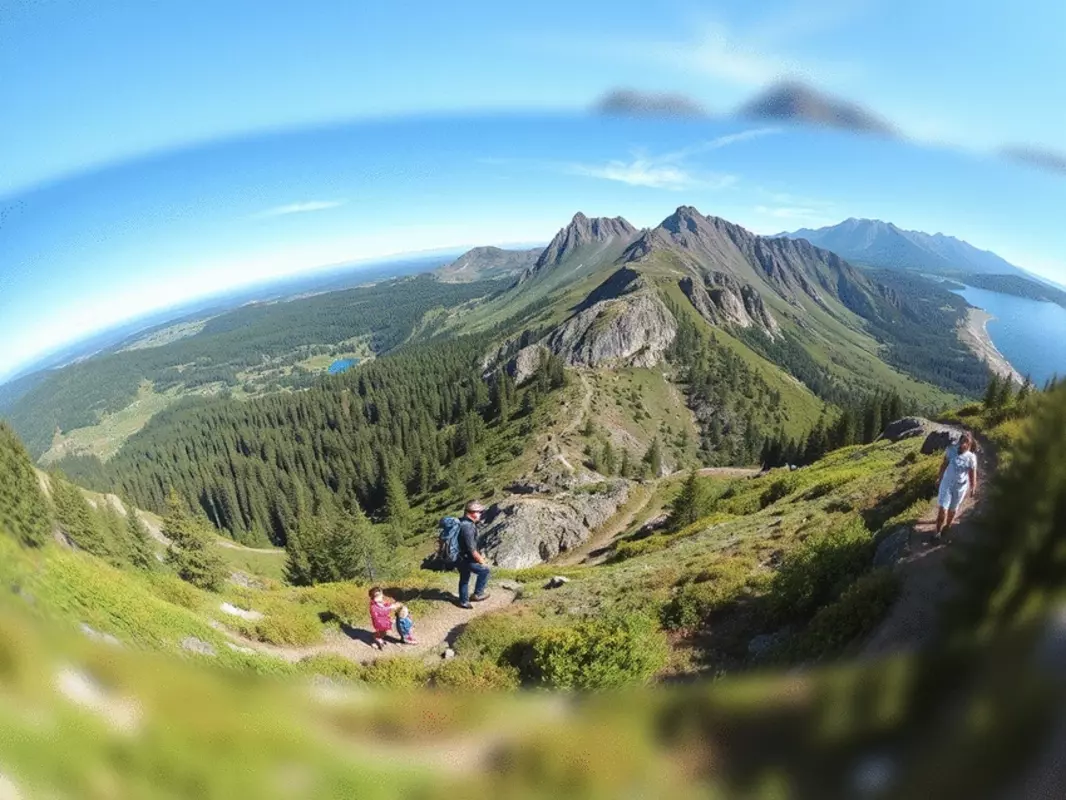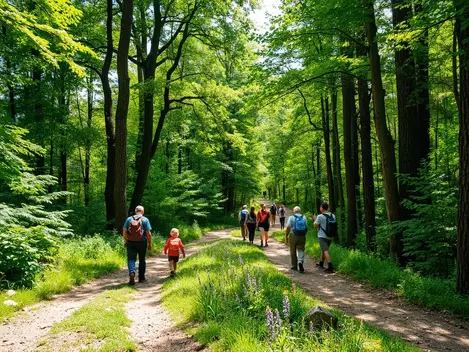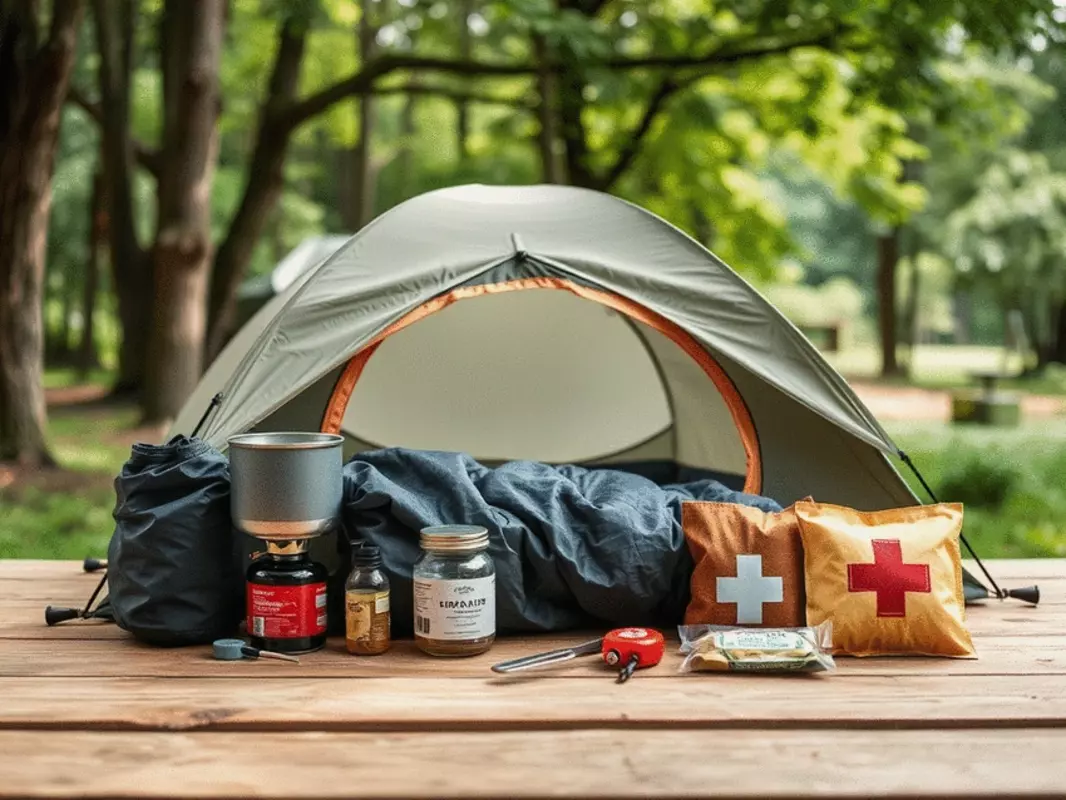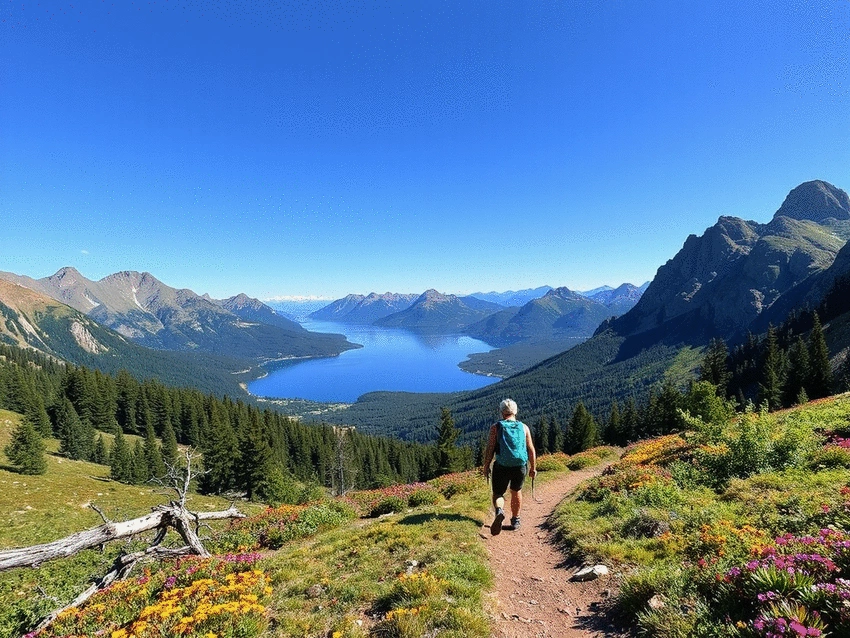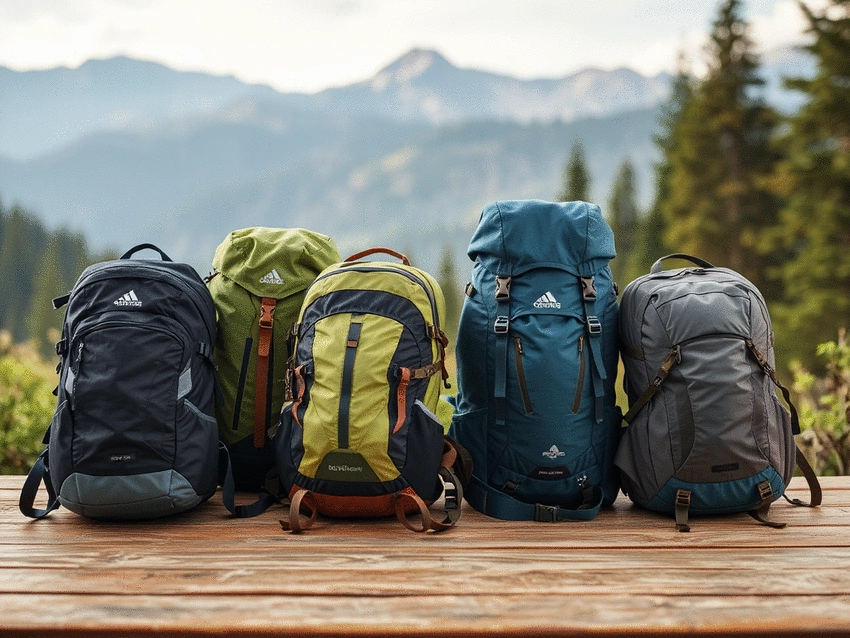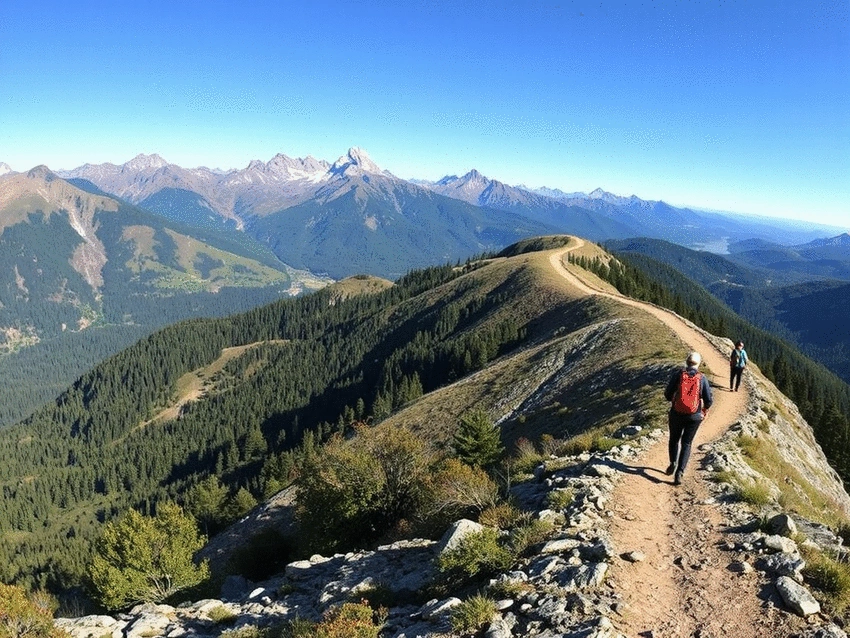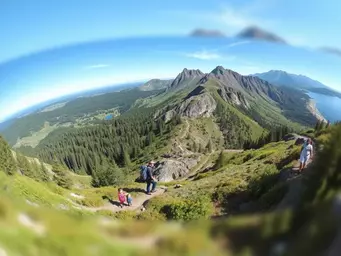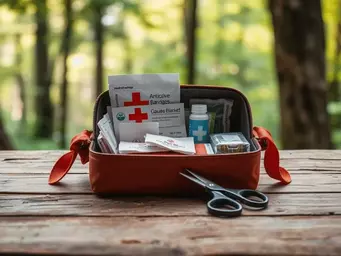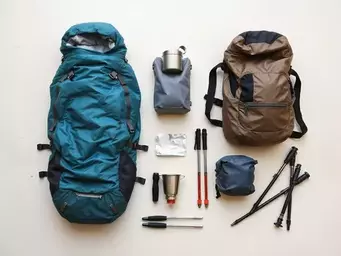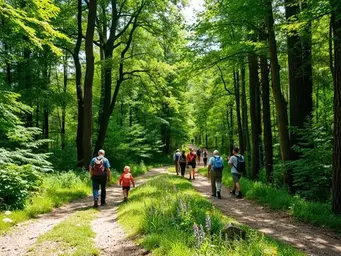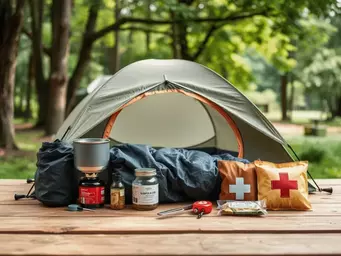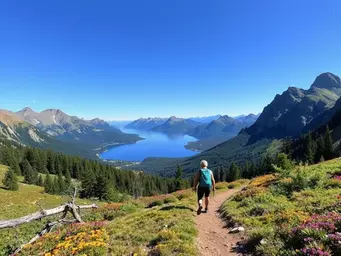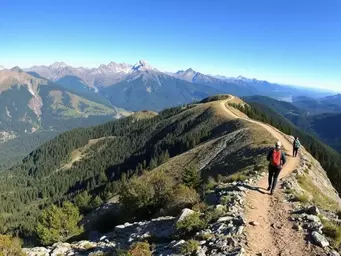Wilderness First Aid Kit Essentials

Are you prepared for the unexpected while exploring the great outdoors? In wilderness adventures, having the right tools can transform emergencies into manageable situations. Let’s explore the crucial elements of wilderness first aid that every outdoor enthusiast should know.
What You Will Learn
- A wilderness first aid kit is essential for managing injuries and illnesses in remote settings.
- Key components of a first aid kit include adhesive bandages, gauze pads, antiseptic wipes, and pain relief medications.
- Understanding wilderness medicine principles can empower you to act quickly and effectively during emergencies.
- Recognizing potential risks like weather changes and terrain challenges is vital for preventing emergencies while hiking.
- First aid training courses focused on wilderness scenarios build confidence and equip you with essential skills.
Wilderness First Aid: Key Areas of Preparedness
Understanding the critical components for outdoor safety and emergency readiness.
Key Components of a Kit
- Adhesive bandages (various sizes)
- Gauze pads & tape
- Antiseptic wipes & ointments
- Pain relief medications (e.g., ibuprofen)
- Emergency blanket & whistle
Common Wilderness Risks
- Sudden weather changes
- Wildlife encounters
- Challenging terrain
- Slips, trips, and falls
Benefits of Preparedness
- Effective injury management
- Timely illness response
- Enhanced peace of mind
- Improved outdoor experience
Training & Learning Resources
- Local outdoor clubs/associations
- Community colleges
- Online certification platforms
Understanding the Importance of a Wilderness First Aid Kit
As a seasoned hiker and outdoor enthusiast, I can't stress enough the significance of being prepared for the unexpected. A wilderness first aid kit isn't just a collection of supplies; it’s a critical resource for keeping yourself and your fellow adventurers safe while exploring the great outdoors. Let’s dive into why you need one and what makes it essential for outdoor safety.
What is a Wilderness First Aid Kit and Why Do You Need One?
A wilderness first aid kit is a customized set of supplies designed to help manage injuries and illnesses that occur in remote settings. Think of it as your lifeline during hikes, camping trips, or any outdoor adventure. It's vital because accidents can happen, and having the right tools at your disposal can mean the difference between a minor setback and a serious emergency.
- Injury Management: Address wounds, sprains, and fractures effectively.
- Illness Response: Treat symptoms of common outdoor ailments like dehydration or allergic reactions.
- Peace of Mind: Confidence in your ability to handle emergencies enhances your outdoor experience!
With my experiences in the wild, I’ve seen how a well-stocked kit can turn a stressful situation into a manageable one. Remember, preparation is key!
The Role of Wilderness Medicine in Outdoor Safety
Wilderness medicine is a specialized field focused on providing medical care in remote and underserved areas. It emphasizes practical skills and knowledge that apply when professional help is far away. Understanding some basic principles of wilderness medicine can empower you to act quickly and effectively in emergencies.

For instance, learning how to assess a situation, provide first aid, and communicate effectively with rescue teams can save precious minutes when every second counts. The more you know, the better equipped you'll be to handle whatever nature throws your way!
Key Components of Wilderness First Aid and Emergency Medical Supplies
So, what exactly should you include in your wilderness first aid kit? Here’s a breakdown of essential components to consider when assembling your supplies:
- Adhesive bandages in various sizes
- Gauze pads and tape for wound dressing
- Antiseptic wipes and ointments
- Pain relief medications like ibuprofen or acetaminophen
- Emergency blankets and a whistle for signaling
Having these items at your fingertips can greatly improve your ability to respond to injuries during your adventures. The Bureau of Land Management offers comprehensive recommendations for first aid kit contents, ensuring you're well-equipped for various outdoor scenarios. I often remind myself that every hike is a journey into the unknown, and being well-prepared is the best way to embrace that uncertainty!
Pro Tip
Did you know? Regularly check and update your wilderness first aid kit to ensure that all supplies are in good condition and not expired. Consider practicing first aid techniques periodically, so you're prepared to act quickly when it matters most!
Preparing Yourself for Wilderness Emergencies
As someone who has spent countless hours hiking through picturesque landscapes, I can tell you that being prepared for wilderness emergencies is a vital part of any outdoor adventure. The first step in ensuring your safety is to emphasize prevention and recognize potential risks. Before embarking on a trail, it’s essential to assess the environment, understand your own limitations, and know the common hazards you might face.
Here are some common risks to consider while exploring the great outdoors:
- Weather changes that could lead to hypothermia or heat exhaustion
- Wildlife encounters that might pose danger
- Terrain challenges, such as rocky paths or steep inclines
- Injury risks from slips, trips, and falls
By acknowledging these risks and preparing accordingly, you significantly increase your chances of a safe and enjoyable hike! The National Park Service highlights "The Ten Essentials" for any outdoor excursion, reinforcing the importance of being fully prepared with navigation, sun protection, insulation, and first aid supplies.
Resources for Further Learning and Training Opportunities
Taking the time to equip yourself with knowledge and skills is crucial for wilderness safety. Fortunately, there are plenty of resources available for training and learning. I always recommend seeking out first aid training courses that focus on wilderness scenarios. These courses can provide you with the confidence needed to handle emergency situations effectively.
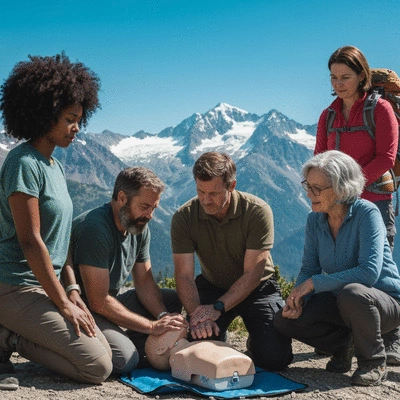
Finding First Aid Training Courses and Certifications
When looking for the right course, consider the following options:
- Local outdoor clubs or associations often host workshops
- Community colleges may offer relevant courses on wilderness first aid
- Online platforms that provide certification in wilderness first aid
Completing a course not only provides you with essential skills but also connects you with fellow outdoor enthusiasts who share your passion for safety and adventure.
Frequently Asked Questions About Wilderness First Aid
Q: What is a wilderness first aid kit?
A: A wilderness first aid kit is a specialized set of medical supplies designed to manage injuries and illnesses in remote outdoor settings where professional medical help is not readily available.
Q: Why is a wilderness first aid kit essential for outdoor enthusiasts?
A: It's essential because accidents and illnesses can happen unexpectedly in the outdoors. Having a well-stocked kit allows you to provide immediate care, manage emergencies, and potentially prevent minor issues from becoming serious problems, ensuring safety and peace of mind.
Q: What are the key components that should be included in a wilderness first aid kit?
A: Key components typically include various sizes of adhesive bandages, gauze pads, medical tape, antiseptic wipes and ointments, pain relief medications (like ibuprofen), an emergency blanket, and a whistle for signaling. Additional items can be tailored based on specific activities and risks.
Q: What is the role of wilderness medicine in outdoor safety?
A: Wilderness medicine provides specialized knowledge and practical skills for treating medical issues in remote environments. It teaches how to assess situations, administer first aid effectively, and communicate with rescue teams when far from conventional medical facilities.
Q: How can I prepare myself for wilderness emergencies?
A: Preparation involves emphasizing prevention by recognizing potential risks like sudden weather changes, wildlife encounters, and challenging terrain. It also includes having a well-stocked first aid kit and seeking out specialized wilderness first aid training courses to build essential skills and confidence.
Final Thoughts on Wilderness First Aid Preparedness
Reflecting on the importance of proper preparation, I can’t stress enough how much of a difference being prepared can make. Every adventure holds its unique challenges, but by arming yourself with knowledge and the right supplies, you’ll feel more confident navigating the unexpected. Wilderness first aid preparedness is not just about the kit; it’s about your mindset and your approach to outdoor exploration.
Invitation to Create Your Personalized Wilderness First Aid Kit
Are you ready to take the plunge? I invite you to create your personalized wilderness first aid kit! Think about the activities you enjoy and tailor your supplies to fit your needs. Don’t forget to consider the unique challenges of your favorite trails, whether they’re short day hikes or multi-day backpacking trips. For those planning international travel or longer expeditions, the CDC provides excellent guidance on creating comprehensive travel health kits, which can be adapted for extended wilderness trips.
Let’s gather the right tools and knowledge so we can continue to explore the beauty of nature safely. After all, a well-prepared hiker is a happy hiker!
Recap of Key Points
Here is a quick recap of the important points discussed in the article:
- Wilderness First Aid Kit: Essential for managing injuries and illnesses in remote areas, providing peace of mind while adventuring.
- Key Components: Include adhesive bandages, gauze, antiseptic wipes, pain relief medications, and emergency signaling tools.
- Preparation and Awareness: Assess risks like weather changes, wildlife encounters, and terrain challenges to enhance safety.
- Training Opportunities: Enroll in wilderness first aid courses through local clubs or online platforms to gain practical skills.
- Personalized Kit: Tailor your kit to fit the specific activities and challenges of your favorite trails.
